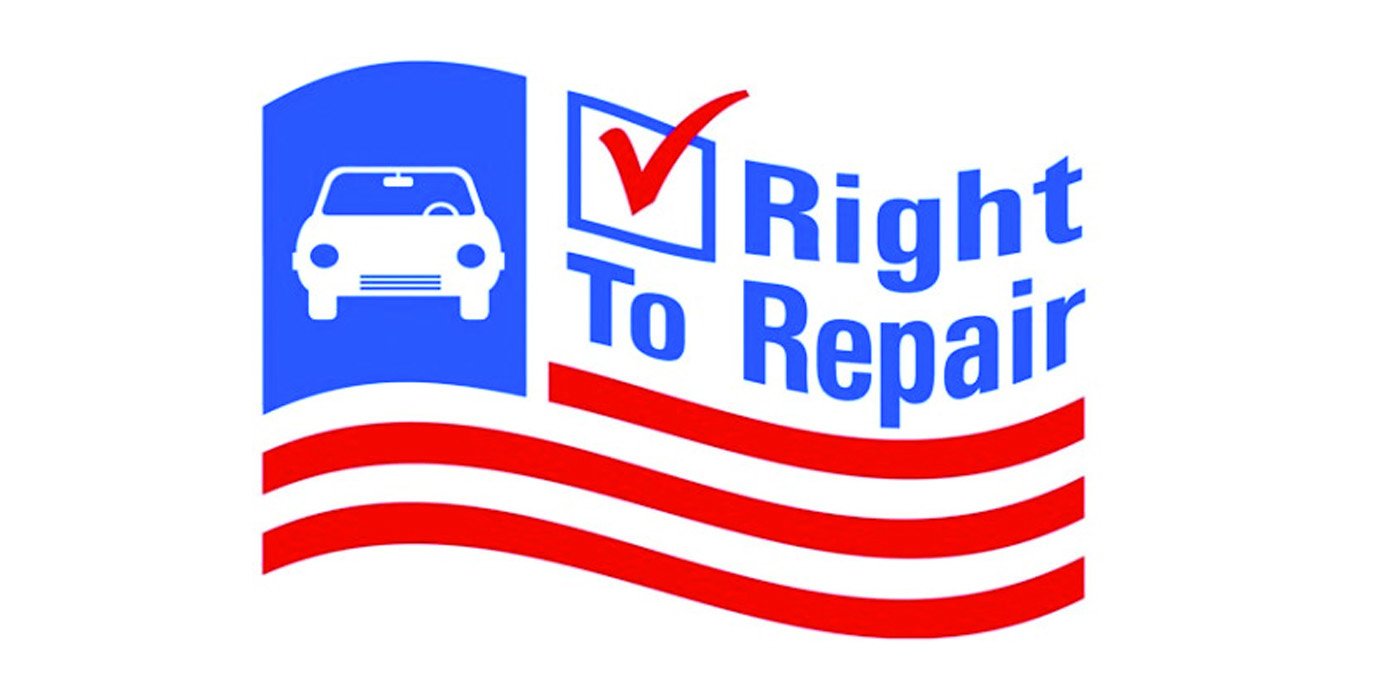by Amy Antenora Editor
In our most recent Executive Interview we asked Jeff Stauffer, senior vice president of global group marketing for Affinia Group, Inc., for his thoughts on ‘cherry picking’ — the growing trend of aftermarket customers selecting their suppliers to suit their needs. At a reader’s request, we opened this question up to several executives from other aftermarket parts makers. Here’s what they had to say about the topic:
Paul Kelly, who handles sales and marketing for Miami, FL-based diesel engine parts maker Maxiforce Inc., said he does not see cherry picking as a trend but a reality in today’s marketplace.
“With growing competition in the market, customers have more options,” said Kelly. “With that comes customers who search for products and buy based mainly on price. Price is not the only factor in ‘cherry picking’ but we have found it do be the most predominate factor, followed by quality, availability and delivery times.”
Since cherry picking has become a reality for many parts suppliers like Maxiforce, Kelly said his company combats this challenge by being committed to providing high quality products at the best price.
“In order to relay that commitment to your customers you must be constantly expanding your brand awareness,” said Kelly. “We are constantly expanding our brand awareness through many different avenues such as advertisements, sales calls and promotional materials. Another major step we have taken to broaden our brand awareness was opening a new west coast warehouse. The opening of a new warehouse expands our customer base and through the sales efforts mentioned above our brand awareness as well. Once your customers know what your brand stands for, the less likely they are to ‘cherry pick’.”
Taking those thoughts one step further, Ted Hughes, program development manager (marketing) for MAHLE Clevite Inc., said he sees cherry picking as a global issue that will continue until those ‘cherry picked’ suppliers fail to meet some of the most important needs of their customers.
“I believe that it will continue to increase until one of two things happen. At some point, one of the ‘offshore’ suppliers will fail to deliver, either on availability or quality in a highly-visible area and this will prompt a re-evaluation. The other thing that will happen is that ‘cherry picking’ will continue until a traditional supplier with significant "value-adds" is forced to change its business. Once the value-adds — vital requirements of business in today’s aftermarket — go away, customers will realize that the offshore suppliers cannot import many things that are taken for granted. This will again cause a re-evaluation in supplier relationships,” said Hughes.
Hughes believes that new technologies will help businesses survive and better navigate this challenging environment. “The secret for a customer succeeding in this environment is to maximize every investment and find new ways to cut costs. The emergence of eCommerce tools, and the industry’s acceptance of them, will define the businesses that survive from those that are victims of the tough market conditions,” Hughes added.
Like Hughes and Kelly, Bill Hanvey, vice president of marketing for Dorman Products, sees ‘cherry picking’ as a reality today, but said he thinks it’s a harsh term. In Hanvey’s opinion, parts proliferation is forcing distributors and manufacturers to re-think their relationships.
“I think that both the distributors and the manufacturers are increasingly coming under pressure due to parts proliferation,” said Hanvey. “Both the distributor and the manufacturer have to make sound business decisions — in terms of the extent of coverage the manufacturer wants to produce profitably and what percent of sales a distributor needs to inventory to make sure that its inventory investment is profitable.
“If you look at parts proliferation, as of 2006 less than 10 percent of the part numbers represent only 50 percent of the sales*. So, it’s very difficult for a distributor to know what they need to inventory,” said Hanvey. ”In terms of car sales, there are more than 50 platforms available today and the top six only account for 30 percent of the market. So, obviously availability is the key, in terms of making the aftermarket healthy. [The question is]: Is that availability of a part within the hour, within two hours or is it within the next day? The manufacturers have an obligation to provide a reasonable amount of coverage for the product lines they carry, but knowing that the distributor is not going to be able to carry everything requires a good working relationship between the manufacturer and the distributor. This means having those parts available through either special order at the manufacturer’s level or the distributor needs to have the distribution processes in place to be able to inventory a deeper breadth of SKUs in a location and provide the delivery to the service dealer in a reasonable amount of time."
For Dorman, Hanvey says it’s all about creating a good balance.
“Really, what we’re trying to do is base our inventory recommendations by using regional analysis and making sure our customers are stocking what’s selling in their particular region and making jobber and distributor recommendations depending upon what level of distribution we’re at. I think the trend is about being more strategic in terms of stocking levels at the WD and the jobber levels,” Hanvey said.
* Statistic from the Motor & Equipment Manufacturers Association













